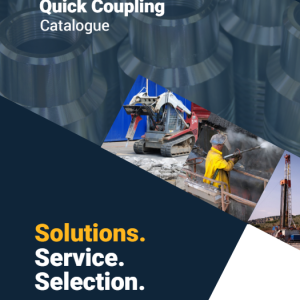Product Information
1/2"
Log in to view pricing, inventory, place orders & much more. If you want to create an account, please click the button to begin the registration process.
| Weight |
1.24 lb
|
|---|---|
| Break Quantity |
1
|
| Optional Package/Box Quantity |
1
|
| Material |
Steel
|
| Maximum OD |
1.98" (50.3 mm)
|
| Thread |
Female NPTF
|
| Body Size |
1/2"
|
| Working Pressure |
5500 PSI (38 MPa)¹
|
| Thread Size |
1/2"-14
|
| Length |
3.08" (78.2 mm)
|
| Hex |
30 mm
|
| Flow |
17.5 GPM (66 L/min)
|
Interchangeable with Stucchi VEP-P/VEP-HD Series, DNP PST4/FSI Series, Voswinkel FT Series, Parker FET-Series, and Holmbury HFT Series

